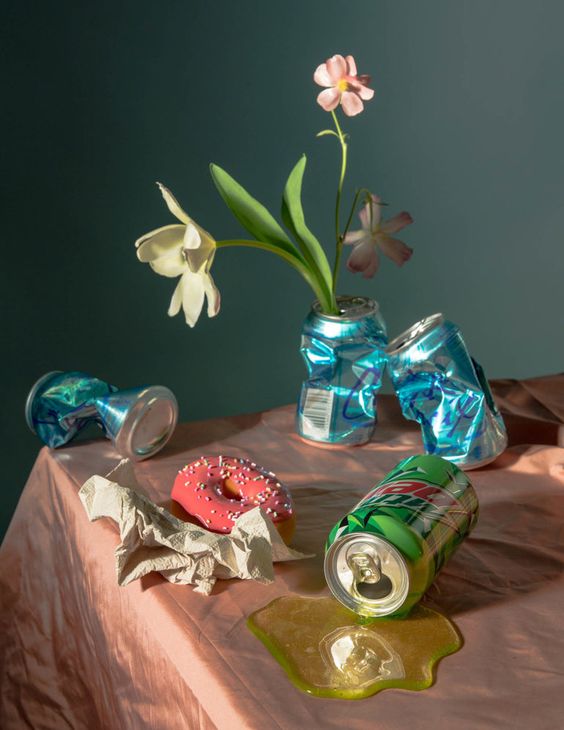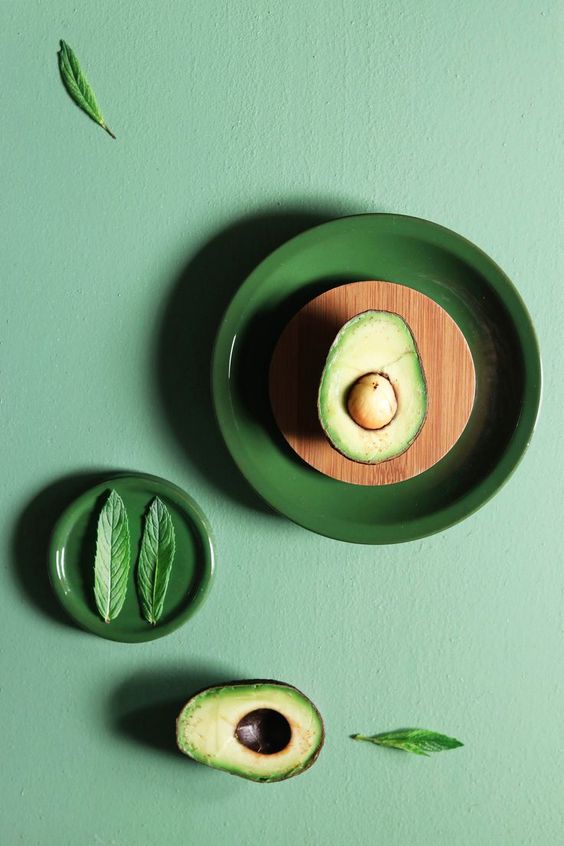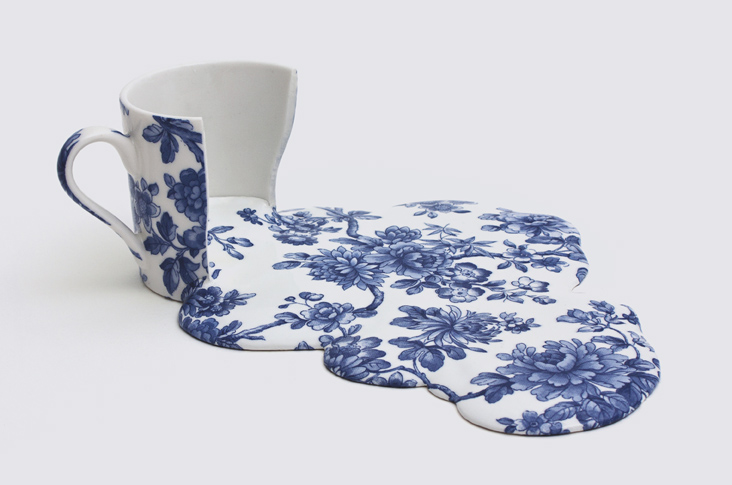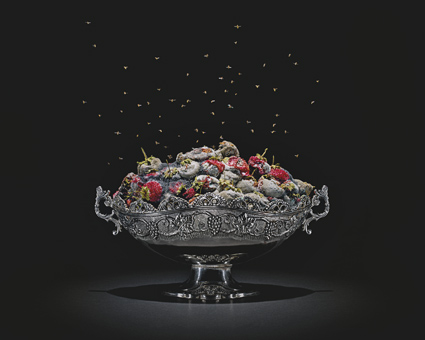The tradition of “nature morte”, which has been established in painting and photography for a long time, goes far beyond the representation of the still life in its meaning. There is a possibility for the designers to give his work a strong narrative, complex and also enigmatic character. Thus, at best, a story should be created through the symbolic use of objects. For example, the portrayal of transience, called “Vanitas” in classic still life painting, and the portrayal of death were often used in order to create an elementary question.
Still life photography is only as meaningful as its motifs can work together as an overall concept. The things that surround us in everyday life define us. They also reflect our self-esteem. Objects we associate with properties and memories, and accordingly we evaluate fellow human beings and surroundings based on the objects that are there. As an example, we associate something different with a filigree porcelain bowl than with a Tupperware box. It also depends on whether you have already had experience with such objects and whether you like them visually.
In still life photography, either the attempt is made to support and strengthen the original association of the object, or it is placed in a completely new context. Here, an attempt is often made to give the staged thing a personality with a change of perspective. This new subject or this new personality can be influenced primarily with props and the composition, as well as colors and backgrounds. The aesthetics of the material play a major role and how “alien” the scenery is designed. An apple bedded on a piece of meadow with greenery as decoration has a completely different effect than an apple wrapped in packaging material on a concrete floor.
A big aspect of modern still life is provocation. From an artistic point of view, the urge for contrasts and opposites often predominates. While a product photography takes care to visually unite the object with the background and the props, the modern still life tends to attract attention in an unfamiliar and charming environment. Color contrasts and eye-catching combinations are extremely important here. It goes in a surrealistic direction, in which one wants to change the usual reality.



























